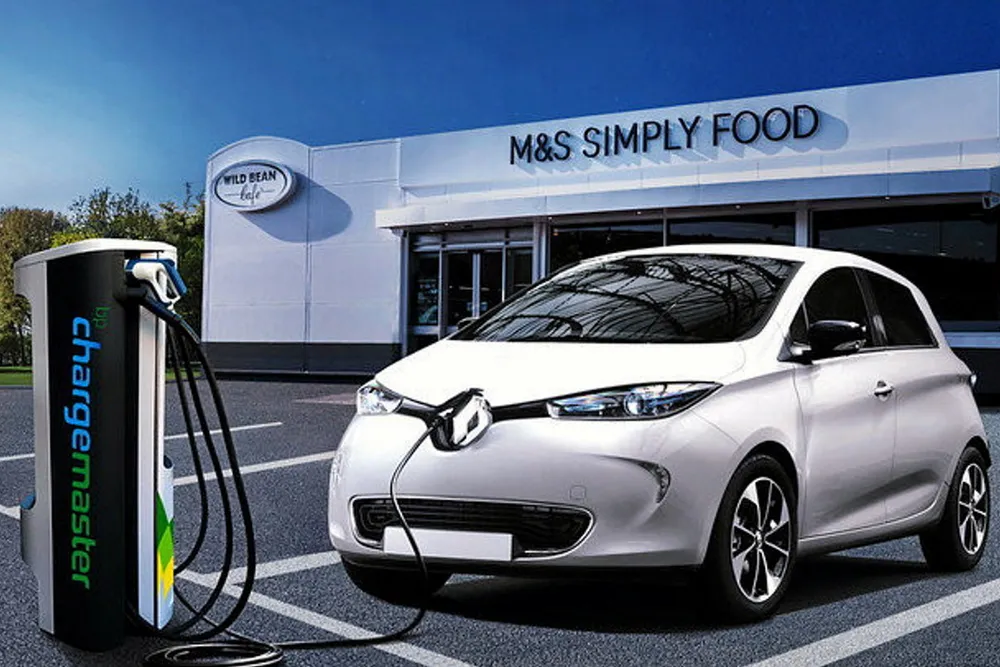'Rise of EVs means Europe can’t meet energy storage goals unless it gets battery recycling right'
OPINION | A future dominant electric vehicle sector makes a coherent European recycling strategy crucial, writes Adrien Zambon

Despite the current sales slowdown and recent additional tariffs on Chinese cars, we forecast EV sales in Europe to continue their growth in the medium to longer term. From 14% in 2023, EVs will represent more than 70% of passenger vehicles sales by the end of this decade. Increased demand for commercial vehicles and utility-scale storage will also support the forecast growth.
Gigafactories are currently under construction or planned in Europe to cater to this growing demand. But supplying these factories with minerals mined and refined in Europe seems impossible within this decade, because of long permitting times coupled with a general pushback against new mining projects.
Can recycling fill the gap between domestic demand and supply? A quick back-of-the envelope calculation gives a negative answer, given the exponential nature of demand growth, coupled with a long lifetime of EV batteries. Does this mean we should abandon the idea of building a strong full-cycle battery recycling industry? Not at all, and our research supports that building a complete recycling ecosystem should be an essential part of Europe’s strategy for independent and resilient battery supply chains, both in short- and long-term.
In the short-term, the production scrap from battery plants is far from inconsequential. For a new plant, up to 50% of the production can be discarded in the first weeks or months, with this rate progressively declining to a few percent. This pre-consumer waste stream is much larger than post-consumer in the short term.
Crushing the battery and separating the different elements, including mineral-rich black mass, is usually the first step in battery recycling. This low capital-intensive step is already performed in Europe. But recycling does not stop there: the next steps are capital-intensive post-processing and re-fabrication of batteries. Because pre-consumer demand is the main driver for today’s investments, recycling capacity is invariably co-located with manufacturing. Black mass is currently massively exported out of Europe to Asia (mostly China and South Korea), where most capital-intensive post-processing capacity is installed.
Investments are still flowing rapidly, especially in China, where recycling capacity might be over-dimensioned in the short-term. That can lead to a strong competition for European black mass, disincentivising the development of European hydro- and pyrometallurgical plants (in other words, the full recycling value chain), eventually resulting in a critical material leakage out of the region.
That’s why the future size of the battery industry in Europe will be decisive; only a continued expansion can kickstart a sizeable scaleup of recycling capacity from production scrap in this decade, and lay down the foundation for a growing domestic market for recycled materials.
In the long-term, recycling will be essential to handle the growing number of end-of-life batteries. But leakage can also take place before the end-of-life, therefore building a complete recycling ecosystem also includes retaining these batteries in Europe.
In a best-case scenario, all vehicles that reach their end-of-life on the European market would go through a recycling process. But the reality is different. Currently, only two thirds of cars are scrapped through regular channels in Europe, and 800,000 used cars per year are exported outside of the EU. The EU is currently revising its “End-of-life vehicles Regulation”, with one of the goals being to reduce material dependency with higher recycling.
Second use could also delay the recycling of batteries. But repurposed batteries, which have to satisfy increasingly stringent safety regulation, will be outcompeted by cheaper new batteries in most cases, and represent a marginal outcome of end-of-life EV batteries in Europe.
Economically, material recycling is always a trade-off between costs and values of the recycled content. And while the cost for recycling a ton of battery is relatively predictable, there can be large variations in terms revenues gained from recovered metals and minerals.
There is more value to recover in nickel- and cobalt-rich batteries (NMC and NCA) than lithium-iron-phosphate batteries (LFP), and only the former are currently recycled in Europe. Overall, the forecast decline in battery manufacturing cost will be accompanied by a decline in potential recyclable value from evolving chemistries. But like for most waste streams, recycling is not primary performed for its profitability. Environment and sovereignty are also essential, and we expect the EU to strictly enforce recycling, through proven schemes (e.g. producer responsibility).
We estimate that around 100 kt/yr of lithium, nickel and cobalt combine could be recovered by the mid-2030s, covering up to a sixth of the European demand for EV battery production, bringing EU goals within reach. Our forecast is of course subject to considerable uncertainty given the nature of foreign competition and other market forces at play.
Realising the full potential of battery recycling will thus require substantial support across the supply chain. Time is of the essence: Europe cannot afford to miss the start of this new global technology race.
- Adrien Zambon is a senior energy researcher in DNV’s Energy Transition Outlook team.